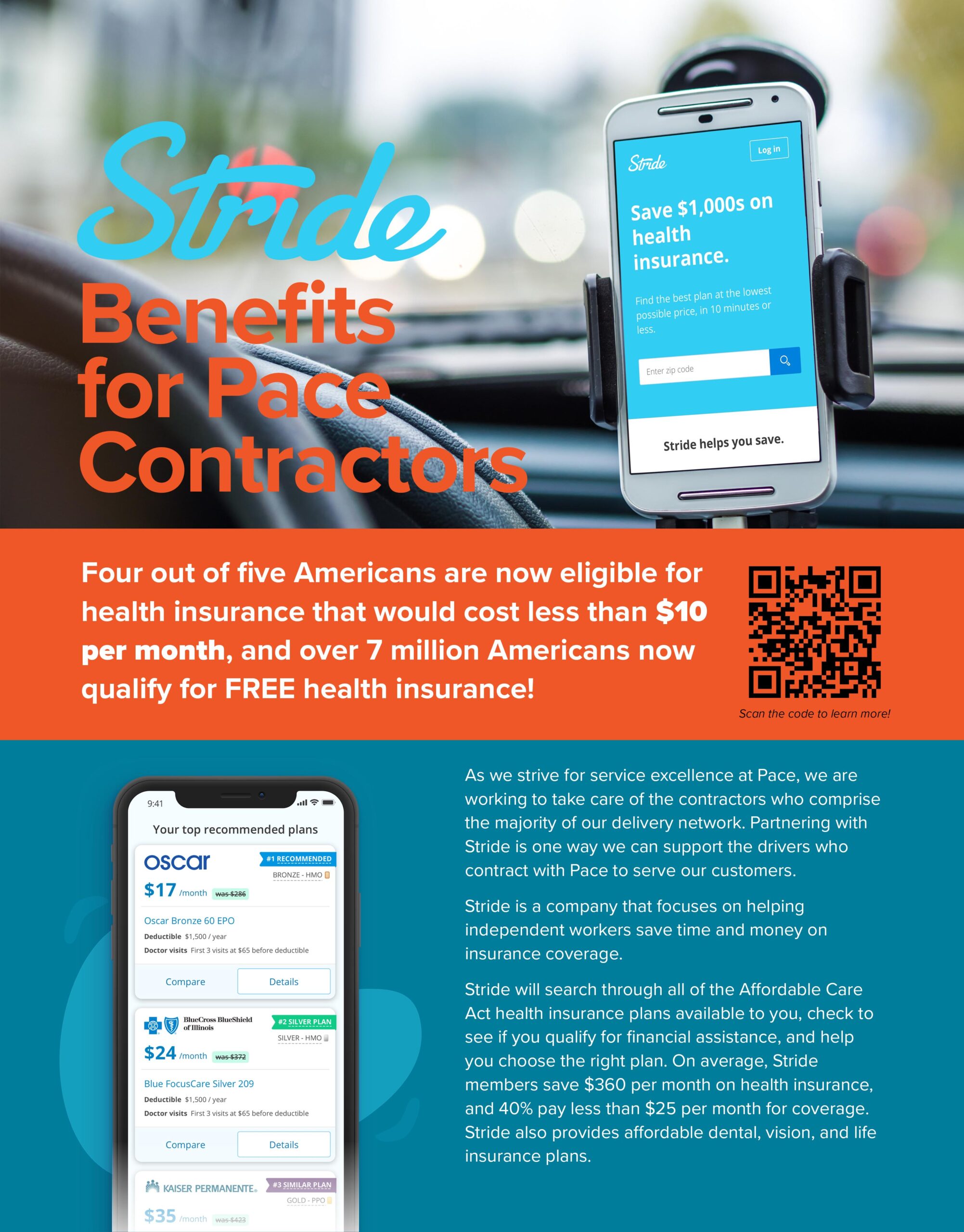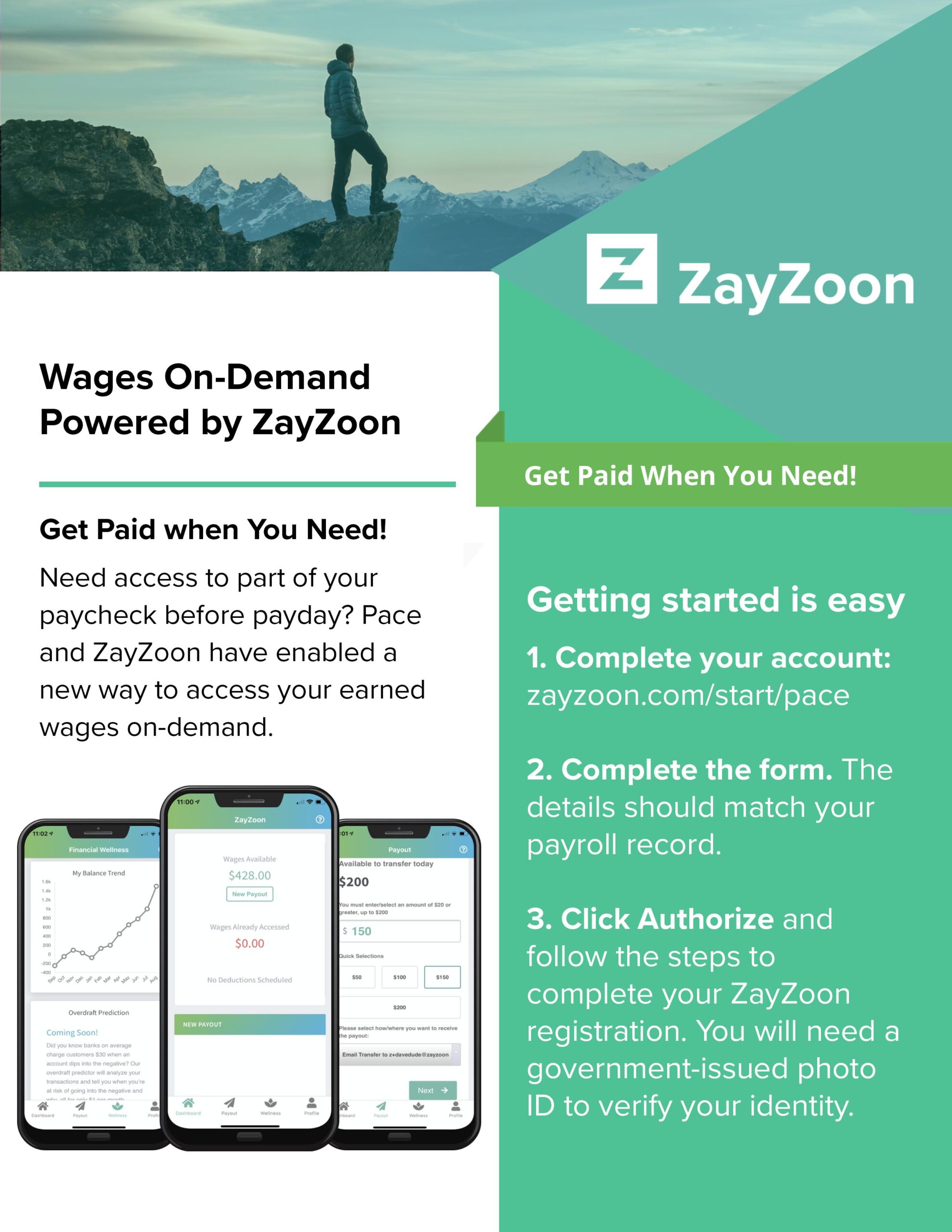
America’s Crumbling Infrastructure. What does this increasingly popular phrase mean to you? Is it the pothole that damages your vehicle? The driving-related injury you’re recovering from? The time you’ve lost on a congested road and increased fuel expenses due to traffic? Or, is it the possibility of more jobs and an economic upturn that an investment in our nation’s infrastructure might create?
Did you know that in one year, the average commuter is in traffic for forty-two hoursand pays $599 in repairs from driving on damaged roads? UPS reports that “if each of our vehicles is delayed an extra five minutes every day due to inadequate infrastructure, it costs us $114 million annually.”
Infrastructure improvements could prevent more than 17,000 serious injuries each year and save over 3,000 lives, according to the AAA Foundation for Traffic Safety.
A report from the Alliance for American Manufacturing suggests that for every one-billion dollars that are invested in infrastructure, more than 20,000 jobs are created. Moreover, every single dollar invested in infrastructure more than triples itself in economic impact over time.
There has long been an agreement that America’s infrastructure needs serious TLC. However, moving that agreement from talk into action is not easy. Funding, accountability, boundaries between federal and state obligations, and partisan issues continue to stall progress on repairing, expanding, and modernizing the transportation systems in our country
Legislation
As Congress closed out 2019, hopes for legislation to improve our decaying infrastructure proved to be a non-starter in Washington. Partisan disputes blocked any path forward. The 2015 FAST Act highway law, which was the last major infrastructure legislation, expires in the fall of 2020. Polls continue to show public support for policies that would improve transportation infrastructure and reduce highway congestion. Jim Tymon of the American Association of State Highway and Transportation Officials testified before Congress on December 5th that “a crucial step we can take…is to complete the FAST Act reauthorization before October 2020.”
The inertia in Washington resulted in states taking financing measures into their own hands by seeking infrastructure funds on the state level. Alabama and Ohio instituted fuel tax increases. Utah, Oregon, and California have begun exploring road-usage charge programs. Other states and large municipalities are considering congestion pricing.
Accountability
In the Senate, the Environment and Public Works Committee drafted a bipartisan bill that would spend $287 billion on highways and related infrastructure. The bill would sustain the current methods for disbursement of federal highway funds to the state highway departments, continuing criticism that Washington only seems concerned about the size of infrastructure spending rather than end results.
Beth Osborne, director of Transportation for America, comments that “despite the rhetoric we’re sure to hear this bill has zero binding requirements to ensure that states use their core formula programs to actually bring their roads and bridges into good condition.” Although there is always a case to be made for decision making at the state level rather than at the federal level, the case can also be made that the necessity of providing continued quality control of our current roads and bridges deserves the spotlight as much as – if not more than – adding more road capacity.
Strategy
Osborne goes on to make the case that Congress should make a dent in the backlog of projects that would improve and maintain our roads and bridges by at least 50%. Osborne says that Congress should mandate that highway funds first be used to repair roads and bridges until a state reaches a certain threshold, such as roads that are in bad condition be contained to 10% or less of the state’s highway system.
Indeed, according to the American Society of Civil Engineers’ (ASCE) most recent report card on the subject, America’s infrastructure scores a “D+.” This report, published every four years, evaluates and grades the performance and condition of our national infrastructure in the familiar form of a student’s report card, assigning letter grades A through F based on the physical conditions and necessary investments our transportation infrastructure requires. The grades are awarded nationally and by state.
Other thought leaders in transportation have a different mentality. Maryland Transportation Secretary Pete Rahn says “the idea that we should take care of what we have and not build anything new is a great strategy if you are not growing.” Obviously, many sectors of the country are growing, including large swaths of the Southeast, and Rahn adds that a top priority should be reduction in traffic congestion.
Movement of freight is emphasized by The American Road and Transportation Builders Association. “Improving the safe and efficient movement of goods is the key to increasing U.S. productivity, lowering the cost of things we produce and purchase, improving our environment and giving us the competitive edge in world markets.” Rich McArdle, President of UPS Freight, highlights the importance of modernizing our infrastructure for the future of transportation. “The focus shouldn’t be just on bringing the transportation network into the 21st century. We need state officials, Congress and the White House to work together to modernize the system so it’s interconnected, multimodal and ready for new advancements like vehicle-to-vehicle and vehicle-to-infrastructure technologies that will further improve safety and efficiency for all road users.” The debate over what infrastructure improvements should look like continues.
Funding
Despite the debate over legislation, accountability, and infrastructure strategy, it is clear that our nation needs to increase our investment in infrastructure by creating a sustainable and accountable funding strategy. The American Society of Civil Engineers says that we must first put the “trust” back into “trust funds.” Public funding sources on the local, state, and federal levels should consistently and sufficiently be funded from user-generated fees, and infrastructure trust funds should never be used to pay for (or offset) other budgetary components.
A more controversial recommendation is to enhance the Highway Trust Fund by raising the fuel tax by at least 25 cents per gallon and tie it to inflation to restore purchasing power and ensure reliable funding for the future. In other words, no pain, no gain. Generally, the ASCE recommends that everyone who uses our nation’s infrastructure should be willing to pay rates and fees that reflect the true cost of use, maintenance, and improvement of infrastructure.
Take Action
If you’d like to take action, you may choose to contact your Members of Congress and urge them to draft and pass legislation that moves toward closing the $2 trillion investment gap. You can learn more here.









